FTC Disclosure: If you make a purchase via a link on this site, We may receive a small commission on the transaction - at no added cost to you. Thank you!
Vermont Fairbanks Museum
Ok., So I might be a little bias as a Vermonter but my opinion of the Vermont Fairbanks Museum is a HUGE thumbs up!
Honestly, the tiny state of Vermont gives proper respect to the tiny hummingbird with one of the largest hummingbird exhibits in the country.
They have 132 known species of hummingbirds and 10 undetermined.
Most are on display either individually or on two separate bird trees displayed in circular cases.
The Victorian era gave birth to the "cabinet of curiosities", which every gentleman of means wished to acquire. Franklin Fairbanks, the founder of the museum, was no different in his desire to amass newly discovered oddities from around the globe; but what made him unique was his deep appreciation for the natural world and his desire to share it with the community that advanced his wealth.
The hummingbird collection was initiated by his own “cabinet of curiosities” and broadened with later acquisitions from Edward Gerrard, a London taxidermist who acquired specimens from other collectors/adventurers, and Count Hans Ludwig van Berlepsch, a noted German Ornithologist with a huge collection of his own.
The two circular case contents were mounted by William Everard Balch, using the later acquired specimens to adorn the trees.
Balch was Franklin Fairbanks’ “taxidermist in residence”, who was responsible for the Victorian “cutting-edge” dioramas displayed throughout the museum.
I have used vocabulary that can be unfamiliar to most of us who are not scientists.
So let me explain just a little:
A diorama is an exhibit set in a naturalistic foreground.
A taxidermist is someone who preserves specimens for exhibit.
(Yes, the museum has a Planetarium – an added bonus of a wonderful museum with a range of exhibits.)
St. Johnsbury is a quaint Northern Vermont town worth the visit in itself. It has a main street of beautiful historic houses.
The trip to St. Johnsbury is a delightful one through Vermont countryside and the beautiful Green Mountains.
So this collection of natural history from the Victorian era is a delight not to miss. Since hummingbirds are birds of the Americas little was known about them in Europe or Asia. Scientists started to collect specimens for the purpose of study. A few tried to transport live hummingbirds to Europe. Sadly, these did not survive. Today there are laws protecting hummingbirds from possession or transport.
Fortunately today, a great deal is now known about the needs of hummingbirds in the natural world. We cannot criticize those early scientists for their efforts. They set the groundwork for the study today which is done with live hummingbirds through banding and other efforts. There are Aviaries where scientists can study hummingbirds now. One example is the Arizona-Senora Desert Museum.
I should mention the Wildflower table. We all know that hummingbirds and flowers go together. Did you know that hummingbirds feast on wildflowers as well as the flowers in our gardens? This can be especially true of the hummingbird during migration when the birds are traveling though the forests and meadows. You might be surprised to learn about all of the wildflowers that are on display and that have been cataloged. While doing so, ask the friendly staff which blooms are preferred by hummingbirds.
In any event, the Fairbanks and Planetarium is a wonderful experience for individuals and families of all ages. Besides being a natural history museum, you will find exhibits about art and history relating not only to Vermont but the whole world.
There are programs for teachers and homeschoolers alike. They offer activities that are fun and engaging. Children enjoy animals and birds. They are captivated by the mysterious hummingbird with its unusual flight antics. If you would like to continue to teach children about hummingbirds visit our "Hummingbird Facts for Kids" page after viewing the exhibit here. Besides facts this page contains activities about hummingbirds and coloring pages.
Maybe, we’ll see you there!
Vermont Fairbanks Museum and Planetarium
1302 Main Street
St. Johnsbury, Vermont
Open every day, 9 AM - 5 PM
CLOSED: New Year's Day, Easter, July 4th, Thanksgiving and Christmas Day.
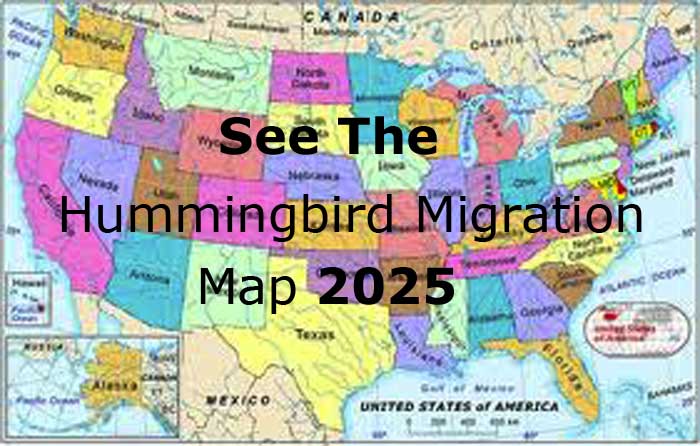

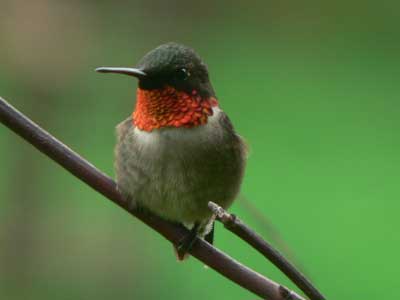
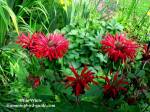
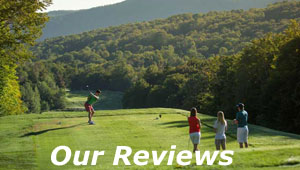


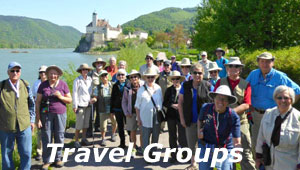

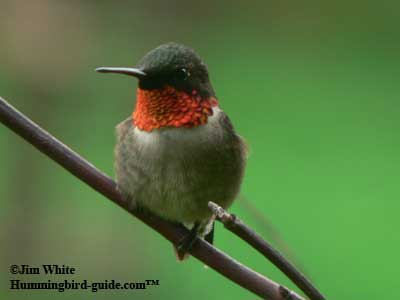
New! Comments
Have your say about what you just read! Leave me a comment in the box below.